Guides
1O Famous And Powerful Kingdoms/ Empires In Africa
Africa’s rich history is adorned with remarkable kingdoms and empires that have left a lasting impact on the continent’s development.

Africa’s rich history is adorned with remarkable kingdoms and empires that have left a lasting impact on the continent’s development. From ancient times to more recent periods, these powerful realms have shaped Africa’s culture, economy, and society.
In this article, RNN will delve into the intriguing stories of 10 famous kingdoms and empires in Africa.
1. The Songhai Empire (1401-1600)
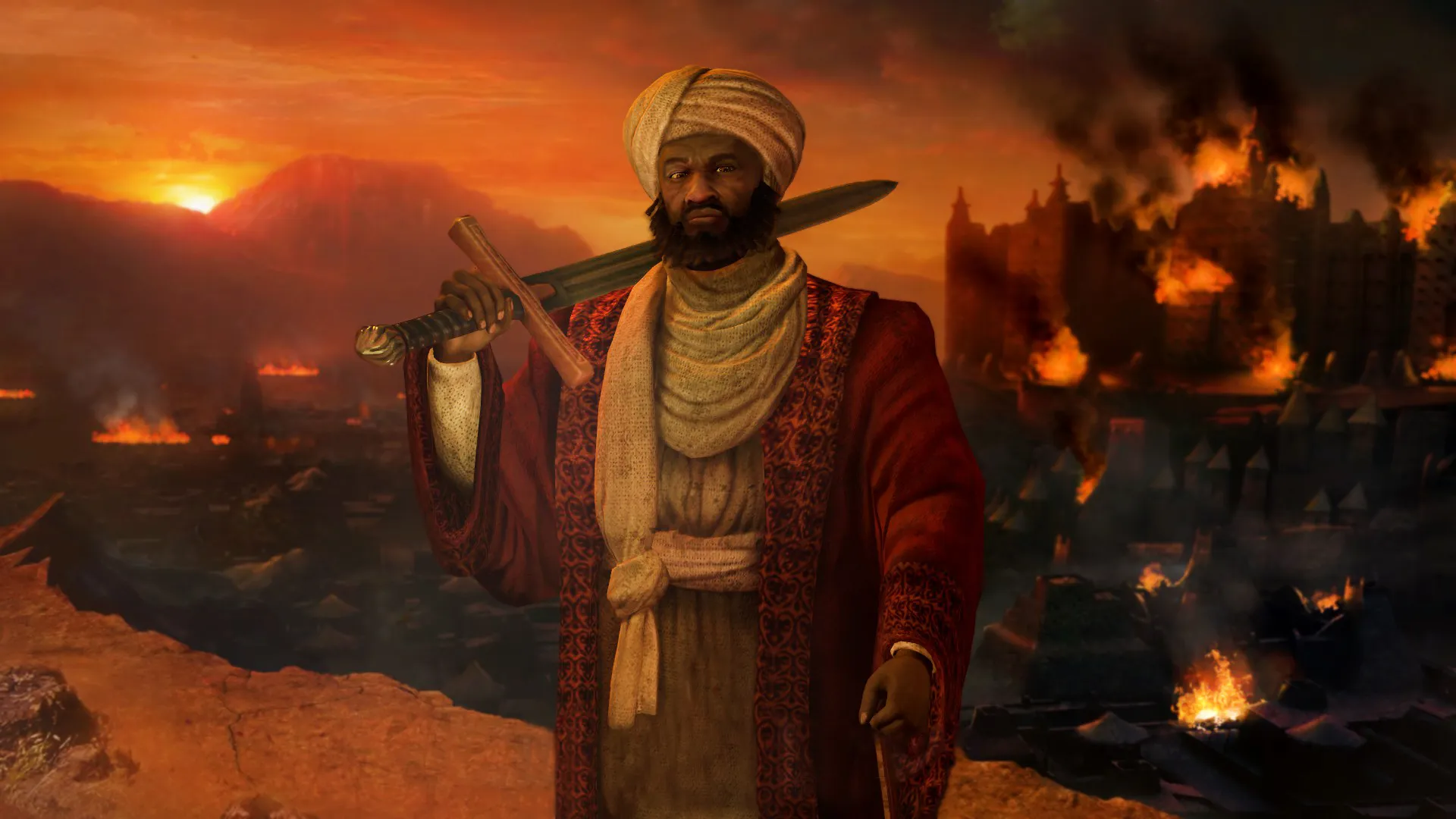
The Songhai Empire was a powerful African state in the 15th and 16th centuries. It was ruled by the Songhai people and had its capital in Gao. The empire expanded and gained wealth under the rule of Sonni Ali and later the Askia dynasty. However, internal conflicts and external invasions led to its decline, and it eventually collapsed after a defeat in 1591.
The empire was known for its strong military, vast trade networks, and advanced administration. However, internal conflicts and external invasions eventually led to its decline, and the empire fragmented into smaller states.
The Songhai Empire included provinces such as Kourmina, Bara, Dendi, Dirma, Bargou, Hombori, Aribinda, Aïr (Agadez), Mali, Senegambia, Hausa kingdoms, Mossi, Wagadou, Aoukar (Oualata), Tademekat, Takrur, Diarra, south Algeria, and Kaabu. At its height, the empire covered present-day Mali, Niger, Nigeria, Mauritania, Senegal, Guinea, Guinea Bissau, Gambia, Burkina Faso, Sierra Leone, Liberia, Ghana, Ivory Coast, Benin, Togo, and Algeria, with influences reaching Cameroon. The Songhai people were a mix of nomadic Nilo-Saharan riders from East Africa, the Sorko fishing population, and local Niger-Congo agriculturalists along the Niger River.
2. The Kingdon Of Kush

The Kingdom of Kush was a significant part of ancient African history. It was located in modern-day Sudan and existed for many centuries, leaving a lasting impact on the region. Let’s explore the intriguing history of the Kingdom of Kush.
Around 2500 BCE, a group of people settled along the Nile River, giving rise to the Kingdom of Kush. They developed a sophisticated civilization based on trade and agriculture. By 1000 BCE, the kingdom had become prosperous and influential.
Around 750 BCE, the Kingdom of Kush expanded and conquered Egypt, becoming the twenty-fifth dynasty of the Egyptian Empire. This period called the Kushite Empire, represented the height of their power and influence. They embraced Egyptian culture and religion, including the worship of Egyptian gods and the construction of magnificent temples. The capital city of Meroe became a bustling center for trade and culture, attracting merchants from faraway lands.
The decline of the Kingdom of Kush started around 350 CE when the Aksumite Empire from modern-day Ethiopia invaded and occupied Meroe. This invasion disrupted trade routes and weakened the kingdom’s economy, leading to a gradual loss of power and influence.
Despite its decline, the Kingdom of Kush continues to fascinate historians and archaeologists. The remnants of ancient cities, pyramids, and artifacts offer glimpses into the kingdom’s rich history. These archaeological discoveries have revealed the advanced technology, art, and culture that flourished in the Kingdom of Kush.
3. Great Ile-Ife Kingdom (300-500 BC)
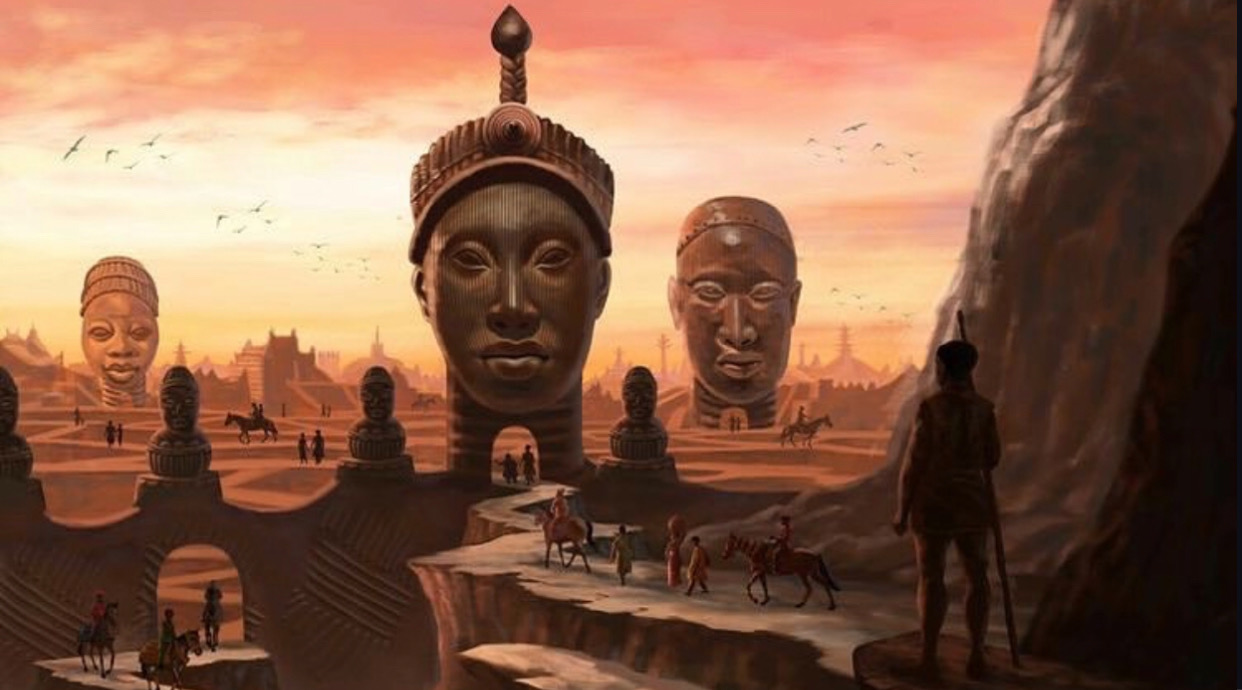
This is another powerful kingdom and Empire in Africa Ile-Ife, known as the “Cradle of the Yoruba,” is the ancestral home of the Yoruba people, one of West Africa’s largest ethnic groups. According to legend, it was founded by Oduduwa, a mythical figure considered the ancestor of the Yoruba civilization.
From the 11th to the 15th centuries, Ile-Ife thrived as a center of art, culture, and trade. Skilled artisans created exquisite bronze and terracotta sculptures, highly regarded as African masterpieces.
The kingdom also played a significant role in spreading the Yoruba language and cultural practices. It attracted scholars, poets, and musicians, contributing to the development of Yoruba literature and oral traditions.
Ile-Ife had trade connections reaching North Africa, Europe, and the Middle East, which facilitated the exchange of goods, ideas, and technology, boosting its economic prosperity and intellectual growth.
Despite periods of political instability and conflicts, Ile-Ife endured and maintained its influence over the centuries.
Today, Ile-Ife is a vital cultural and historical site. The Obafemi Awolowo University fosters academic research and the preservation of Yoruba heritage. The Ife Museum showcases ancient artifacts, providing insights into the kingdom’s glorious past.
The Great Ile-Ife Kingdom stands as a testament to the Yoruba people’s resilience and cultural richness. It’s captivating history and artistic achievements continue to fascinate scholars, tourists, and admirers worldwide, ensuring the kingdom’s legacy endures for future generations.
4. The Great Igala /Aatagara Kingdom (800BC-1700AD)

The origins of the Igala/Aatagara Kingdom can be traced to ancient times. It was established by a group of courageous and visionary leaders who united various cohorts and clans in the region. Through their wisdom and diplomacy, they created a strong and prosperous kingdom that stood the test of time.
One of the notable figures in the history of the Igala/Aatagara Kingdom is Ata Ayegba Om’Idoko, who ascended to the throne in the 16th century. Under his reign, the kingdom experienced a golden age of growth and development. Ata Ayegba Om’Idoko fostered peace and stability, promoted commerce and trade, and encouraged cultural exchange. His leadership laid the foundation for the kingdom’s prosperity.
In the 19th century, the Igala/Aatagara Kingdom faced challenges from external forces. The British colonialists arrived and sought to exert their influence over the region. However, the kingdom’s leaders, such as Ata Ayegba Utoko, fiercely resisted colonial domination. Their determination and courage in the face of adversity became a symbol of pride and resilience for the Igala/Aatagara people.
5. The Aksumite (Axum) Empire (100-940CE)
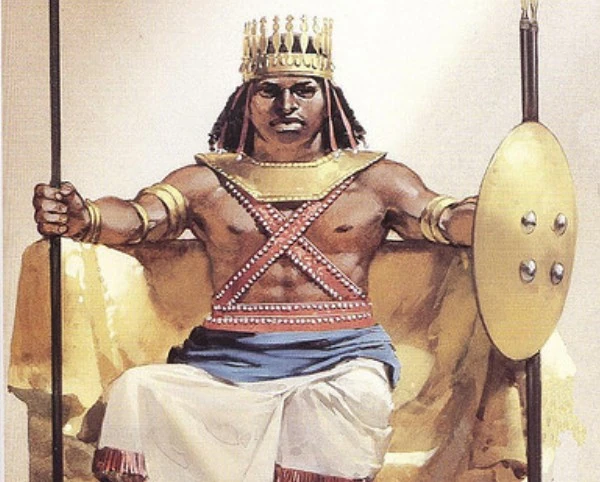
The Aksumite Empire emerged around the 1st century CE and quickly rose to prominence through its strategic location along important trade routes. Situated between the Red Sea and the Nile River, the empire became a crucial hub for commerce between Africa, the Mediterranean, and Asia.
One of the most notable achievements of the Aksumite Empire was its conversion to Christianity in the 4th century CE. This decision had a profound impact on the region and played a vital role in shaping the empire’s identity. Aksum became a center of Christian culture and attracted pilgrims from far and wide.
The empire’s rulers also left a lasting architectural legacy. The most iconic symbol of the Aksumite Empire is the towering obelisks, massive stone pillars that served as royal tomb markers. These obelisks, such as the famous Obelisk of Axum, stood as a testament to the empire’s grandeur and engineering prowess.
6. The Mali Empire ( 1235 to I670)
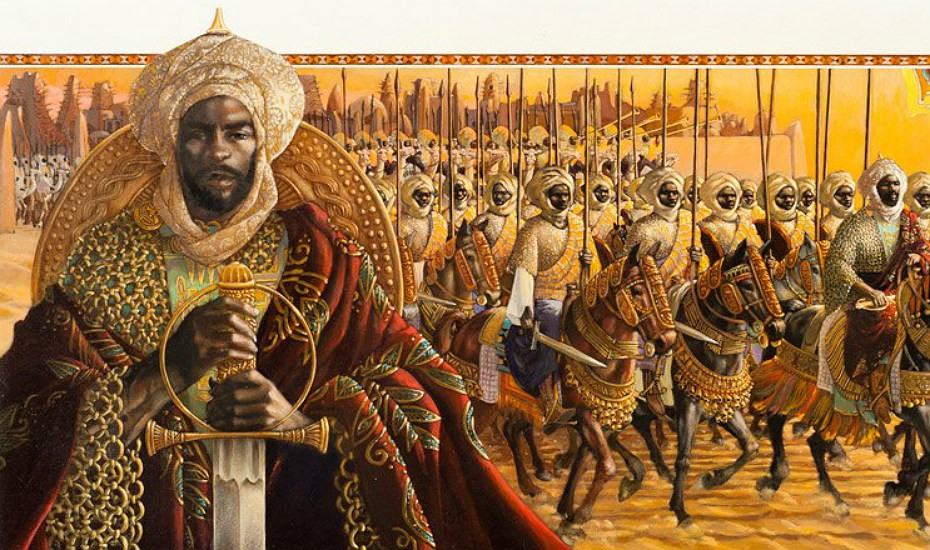
The Mali Empire emerged in the 13th century, with its roots in the ancient Ghana Empire. Sundiata Keita, a legendary figure, played a pivotal role in establishing Mali’s foundation. Under his leadership, Mali expanded its territory through military conquests and established a flourishing trade network that reached far beyond its borders.
One of the Mali Empire’s greatest achievements was its control over the trans-Saharan trade routes. The empire thrived as a key hub for the exchange of goods, including gold, salt, and other valuable commodities. This economic prosperity allowed Mali’s rulers, notably Mansa Musa, to amass enormous wealth and establish Timbuktu as a renowned center of learning and culture.
Mansa Musa’s famous pilgrimage to Mecca in the 14th century further enhanced Mali’s reputation and brought it to the attention of the wider world. His extravagant display of wealth during the journey left a lasting impression on the Arab world and European powers, forever associating Mali with opulence and prosperity.
Apart from its economic prowess, the Mali Empire nurtured a vibrant artistic and intellectual scene. Timbuktu became a haven for scholars, attracting renowned thinkers, writers, and students from across the Muslim world. Its libraries and centers of education boasted an extensive collection of manuscripts, making it a beacon of knowledge in the medieval world.
The Mali Empire eventually faced challenges in the 16th century as internal conflicts and external pressures weakened its grip on power. The rise of other West African states and the arrival of European colonial powers contributed to its decline. By the 17th century, the empire had fragmented, leaving behind a legacy of cultural heritage and a blueprint for future states in the region.
7. The Great Benin Empire (900s-1897AD)

The Great Benin Empire is one of the most Powerful Kingdoms and empires in Africa that holds a significant place in the annals of history, representing a powerful and influential civilization that thrived in what is now present-day Nigeria. This empire, which emerged around the 11th century, left behind a remarkable legacy that continues to captivate and inspire people today.
Situated in the lush rainforests of West Africa, the Great Benin Empire was known for its sophisticated political structure, advanced artistic achievements, and extensive trade networks. The empire’s capital city, Benin City, was renowned for its grandeur and strategic location, making it a hub of commerce and cultural exchange.
Under the leadership of its revered monarchs, known as the Oba, the Great Benin Empire experienced a golden age of prosperity and stability.
One of the empire’s most iconic contributions was its artistic heritage, particularly its brass and ivory sculptures. Skilled craftsmen produced intricate and awe-inspiring artworks that showcased the empire’s cultural and spiritual beliefs. These masterpieces served as symbols of power, wealth, and prestige, while also documenting the empire’s history and traditions.
8. The Empire Of Ghana ( Wagadu 601-1240)
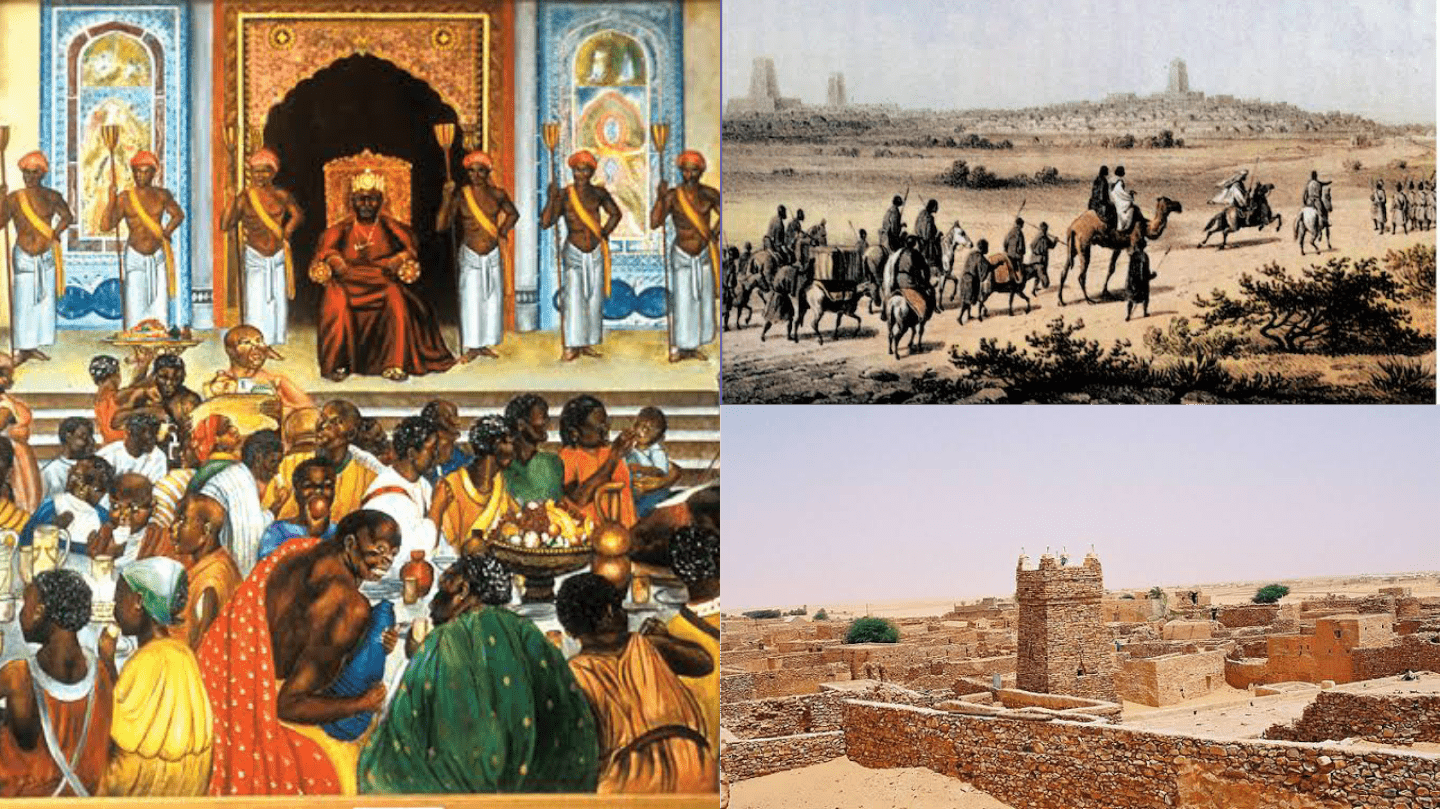
The Ghana Empire was a West African empire that existed from around 300 to 1100. It was founded by the Soninke people and was based in Koumbi Saleh. The empire grew wealthy through the trans-Saharan trade in gold, slaves, and salt, which led to the development of larger cities. The empire’s decline began in the second millennium, and it eventually became a vassal state of the Mali Empire. Despite its collapse, the Ghana Empire’s influence can still be seen in the establishment of urban centers in the region.
The word “ghana” means warrior or war chief and the rulers of the empire were given this title. The origins of Ghana have been a topic of debate, with various theories suggesting Soninke, Wangara, or Sanhaja Berbers as the rulers’ origin. Traditional oral traditions describe the kingdom as being founded by Dinga and his descendants, who migrated from the east and established the dominant clans of the region.
9. The Great Zimbabwe Empire ( 1220-1450 CE)

The Great Zimbabwe Empire is also one of the most powerful Kingdoms and empires in Africa, they rose to prominence during the Late Iron Age, specifically between the 11th and 15th centuries. Located in present-day Zimbabwe, it was a thriving civilization with a sophisticated society and a rich cultural heritage. The empire’s central hub, known as Great Zimbabwe, was a monumental stone complex that served as the political, economic, and religious center of the empire.
The empire’s power and influence were built on an extensive trade network that spanned across the Indian Ocean. Great Zimbabwe served as a crucial trading hub, connecting the African interior to the coastal regions. This facilitated the exchange of goods, including gold, ivory, and copper, which contributed to the empire’s prosperity and prestige.
What made the Great Zimbabwe Empire truly remarkable was its architectural prowess. The stone structures of Great Zimbabwe, particularly the iconic Great Enclosure, showcase the empire’s advanced construction techniques. The intricate stonework, without the use of mortar, is a testament to the engineering marvels achieved by the empire’s skilled craftsmen.
Furthermore, the Great Zimbabwe Empire had a well-organized social structure and governance system. Archaeological evidence suggests that it was a hierarchical society with a ruling elite at the top. The empire’s leaders controlled the wealth and resources, while the general population engaged in agriculture, mining, and various artisanal activities.
10. The Ethiopian Empire
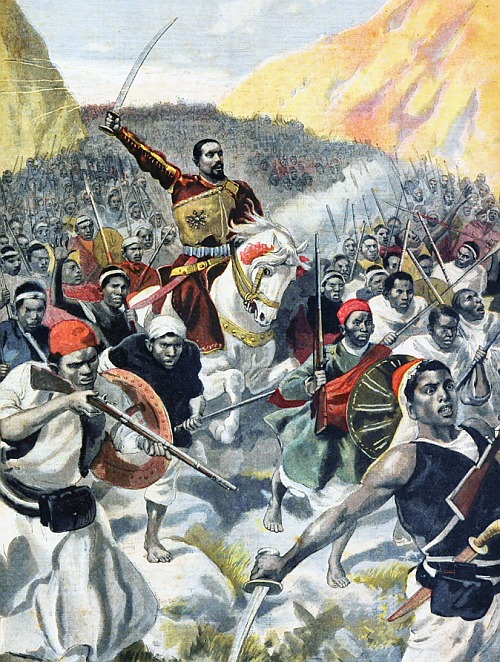
The origins of the Ethiopian Empire can be traced back to the ancient kingdom of Aksum, which existed around the 1st century AD. Aksum was a major player in the flourishing trade routes of the time, connecting Africa with the Mediterranean world. Its strategic location and thriving economy made it a dominant force in the region.
Over the centuries, the Ethiopian Empire faced numerous challenges and transformations. It weathered invasions from neighboring powers, such as the Persians and Arabs, who sought to control its valuable resources and trade routes. Despite these external pressures, the empire managed to maintain its independence and even expand its influence.
One of the most notable periods in Ethiopian history is the reign of Emperor Haile Selassie I. His leadership spanned from 1930 to 1974 and marked a significant era of modernization and development. Emperor Haile Selassie, I played a crucial role in establishing Ethiopia’s prominence on the international stage. His efforts in modernizing the country’s infrastructure, education system, and military propelled Ethiopia forward.
The Ethiopian Empire also holds great cultural significance. It is home to one of the oldest Christian civilizations, with a heritage dating back to the 4th century AD. The rock-hewn churches of Lalibela, carved directly from solid rock, are a testament to the empire’s enduring religious and architectural legacy.
Despite its historical grandeur, the Ethiopian Empire faced challenges and political unrest in the latter half of the 20th century. Various internal conflicts and revolutions ultimately led to the overthrow of Emperor Haile Selassie I in 1974 and the establishment of a communist regime.
